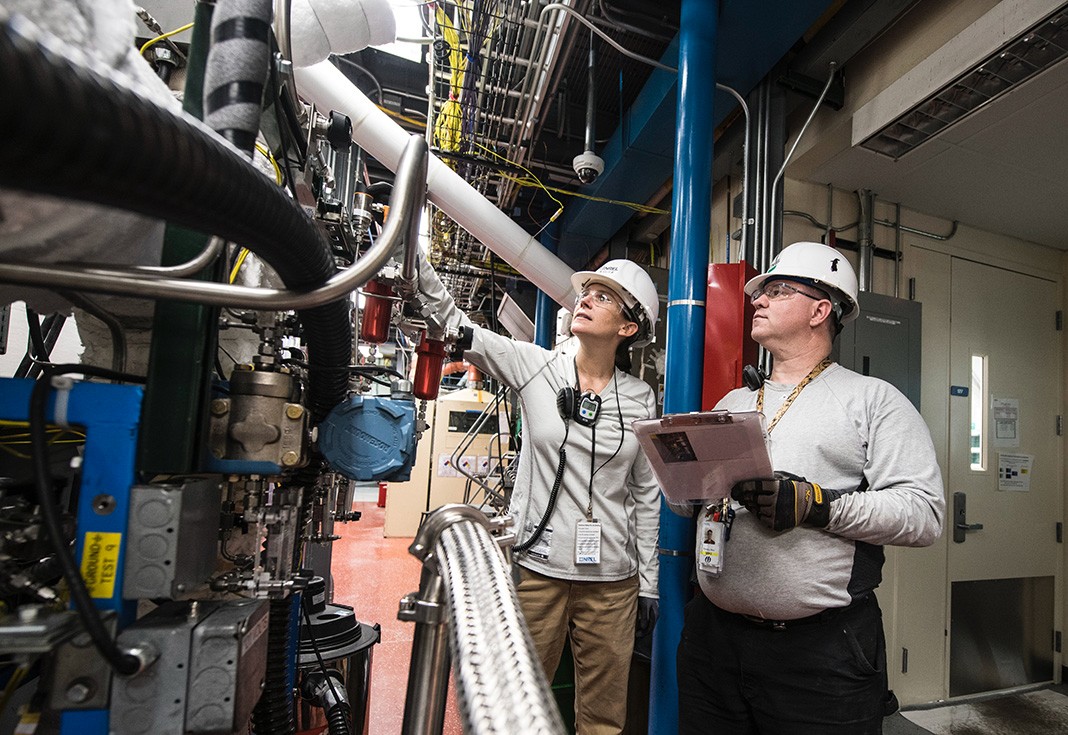The foremost and simple question arises is what is OEE? OEE is an astounding approach of overall asset effectiveness to conveying the improvement open doors to everybody, including administrators, upkeep professionals, salesmen, designers, and supervisors. Most lean assembling devices cooperate to make esteem in the framework and kill “squander”. OEE is a great representation of Overall Equipment Effectiveness of this reconciliation of devices. Many lean performances start with an idea called “5S” and worth stream planning. OEE investigation can be applied where the waste happens. The improvement in the OEE number will take the utilization of other lean applications, like SMED, TPM (all out useful upkeep), normalized tasks, and “kaizen occasions” focusing on explicit regions.
Overall Equipment Efficiency is a significant definition in a lean assembling performance to utilize the right devices with flawless timing of overall equipment Effectiveness.
Many lean performances have fizzled because associations neglected to get a handle on a profound comprehension of every single lean idea. The apparatuses ought to be “picked” in view of the open doors in the association, rather than “fit” into the association. At the point when an association powers instruments that don’t make a difference, it makes bedlam and validity issues.
OEE is a strong lean assembling instrument of overall asset effectiveness, particularly when joined with different devices utilizing an incorporated methodology. OEE represents Overall Equipment Effectiveness. The interaction estimates how compelling hardware is and gives a bunch of results which permit you to execute changes which will builds usefulness.
How to do OEE calculation?
At its most straightforward, OEE calculation is done on the basis of the Availability, Performance and Output Quality of a machine.
A machine is accessible assuming that it is prepared to deliver, rather than being separated or having a few changes or changes made. The definition of accessibility considers arranged support, when the machine is not intended to be accessible to creation yet considers changeovers and so forth no machine with changeovers can at any point be 100 percent accessible. The justification behind taking such a firm stance is that changeovers are a significant misfortune to both overall asset effectiveness and adaptability, so the OEE investigation centers consideration around it by offering no changeover lenient gestures.
Overall asset effectiveness estimates the result during accessible time contrasted with a norm. Here there can be banter concerning what the standard result ought to be. A decent guideline is to make the presentation estimation in light of most popular performance. This might be more noteworthy or not as much as configuration speed.
OEE Calculation:
In easiest definition, OEE formula is the proportion of Fully Productive Time to Planned Production Time. Practically speaking, OEE is determined as:
Calculation formula:
OEE = (Good Count × Ideal Cycle Time)/Planned Production Time
We should characterize a few terms utilized in the OEE Formula:
- Great Count: pieces that are made with no imperfections
- Optimal Cycle Time: the hypothetical quickest an ideal opportunity to make one piece
- Arranged Production Time: the all-out time that the creation resource is planned for production
- Completely Productive Time: delivering just great pieces, as quick as could be expected, with no stop time.
OEE Benchmarks:
All in all, as a benchmark, what is viewed as a “great” OEE- overall asset effectiveness score? Benchmark your OEE, Overall Equipment Effectiveness score against industry norms for discrete assembling and take a stab at top notch outcome.
OEE, overall asset effectiveness is valuable as both a benchmark and a gauge:
- As a benchmark, OEE, overall asset effectiveness can be utilized to think about the presentation of a given cost production for industry norms, to comparable in-house costs, or to results for various movements dealing with a similar cost.
- As a standard, OEE, overall asset effectiveness can be utilized to follow progress over the long run-in dispensing with squander from a given creation cost.
- 100 percent OEE, Gesamtanlageneffektivität is wonderful production: producing just great parts, as quick as could be expected, with no stop time.
- 85 percent OEE, overall equipment efficiency is viewed as top notch for discrete makers. For some organizations, it is a reasonable long-haul objective.
- 60 percent OEE, overall equipment efficiency is genuinely common for discrete producers yet shows there is significant opportunity to get better.
- 40 percent OEE, overall equipment efficiency isn’t at all phenomenal for assembling organizations that are simply beginning to follow and further develop their assembling performance. It is a low score and much of the time can be effectively worked on through clear measures.
SAP Packages for OEE:
- SAP S/4HANA or SAP ECC 6.0 with EHP 6.0 with OEE add-on component
- SAP MII3
- DMCi, latest version of software


